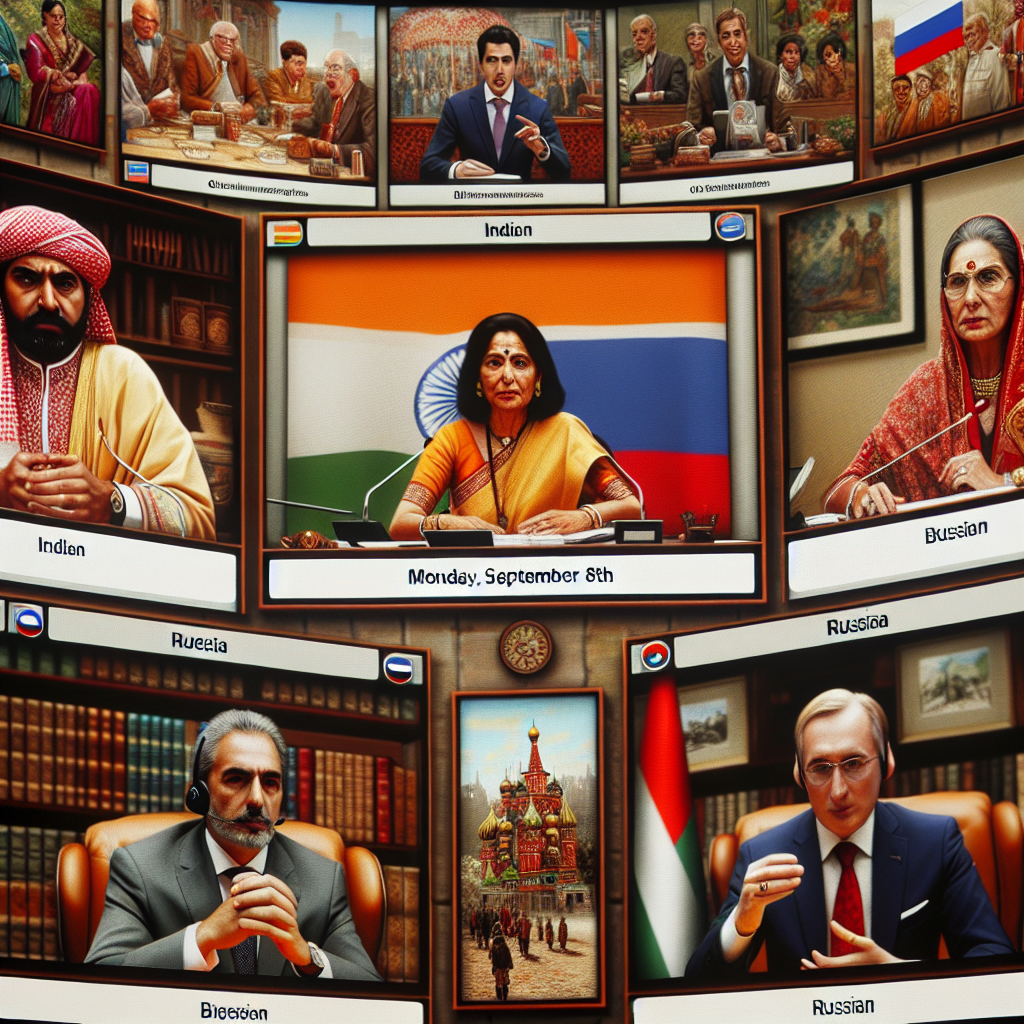On Monday, September 8th, the BRICS countries held a special online summit. India urged BRICS member countries to address trade imbalances with their own country. Experts noted that India and Russia have significant differences in how they handle issues within the BRICS group.
At the initiative of Brazilian President Lula, the BRICS countries held a special online summit. Russian President Putin, Chinese leader Xi Jinping, and others attended via video, with India being represented by Foreign Minister Sujeshan.
Sujeshan stated during the video summit that India has “the largest trade deficit with other BRICS member countries.”
India’s tone at the BRICS meeting sharply contrasted with that of host Brazil, who accused the United States of “extortion.” Currently, both Brazil and India are heavily impacted by Trump’s tariffs, with tariff rates as high as 50%.
During the meeting, the Chinese leader subtly criticized U.S. trade policies and urged BRICS member countries to remain united amid rising tariffs imposed by other countries.
According to reports by CNBC, Chietigj Bajpaee, a senior researcher at the Royal Institute of International Affairs in the UK, stated that India primarily views BRICS as an economic initiative, while China and Russia consider it a geopolitical grouping.
The BRICS group currently includes Brazil, Russia, India, China, and South Africa, and has recently expanded to include other countries.
In recent years, China’s imports from India have steadily increased, leading to a record $99.21 billion trade deficit for India in the fiscal year ending March 2025. Data released by Chinese customs on Monday showed that China’s trade surplus with India reached $77.7 billion by August this year, a 16% increase from the previous year.
Sujeshan said, “BRICS countries themselves can set an example by reviewing trade among member countries.” He also added that India has been urging for a “rapid resolution” to address trade deficit issues.
Bilateral trade between India and Russia also reached a record $68.7 billion in the 2025 fiscal year, with increased Indian oil imports resulting in a $59 billion trade deficit.
Due to U.S. attempts to restrict India’s purchase of Russian oil and accusations of protectionist policies in agriculture and dairy sectors, trade negotiations between the two countries have stalled.
President Trump previously mentioned that India had proposed reducing tariffs on U.S. imports to zero but complained that the proposal was made too late in the negotiations.
Despite apparent tensions in U.S.-India relations, recent signs indicate that both countries are moving towards resolving their differences.
On September 5th, Trump told reporters at the White House that despite his dissatisfaction with India purchasing oil from Russia, he will always maintain a friendship with Modi.
“I will always be friends with Prime Minister Modi. He is a great leader. I will always be his friend, but I don’t like what he is doing right now. But the relationship between India and the U.S. is very special. There is nothing to worry about. We just have some occasional moments.” the President said.
Modi responded to Trump’s statement on X platform on Saturday, expressing deep gratitude and fully responding to the President’s goodwill and positive assessment of the relationship between the two countries.
Bajpaee told CNBC, “The reconciliatory statement by Modi and Trump reflects that despite bilateral differences, the structural foundations of the Indo-U.S. relationship remain solid.”
He further added that India sees the U.S. as a key strategic, technological, and defense partner, while the U.S. views India as a counterbalance to China’s power.
On July 18th, President Trump again warned about imposing tariffs on BRICS member countries. He also warned that if the alliance really forms an economic group, the U.S. will quickly dismantle it.
During a speech, Trump pointed out that BRICS countries are trying to take over the global dominance of the dollar and abandon it as the standard currency.
“I said, all those countries that are too enamored with BRICS, we’re going to impose a 10% tariff on them. The next day, they held a meeting, but almost no one showed up. They don’t want to be taxed,” Trump said.

